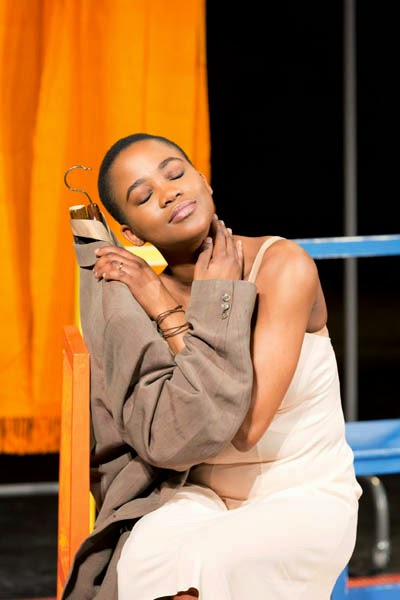Remembering Sophiatown

By Shannon Stockwell Can Themba’s short story “The Suit” takes place in Sophiatown, a small suburb of Johannesburg, in the mid 1950s. The township was a tangle of contradictions during the middle of the twentieth century. It was one of the only places in all of South Africa where black people could legally own property. Although the location wasn’t great (it was near a sewer) and the township was small, the prospect of some freedom in a environment of oppressive apartheid laws was enticing for South Africans of color—including people with mixed and Asian heritage. This led to overcrowding and slum conditions, which led to violence and poverty, but Sophiatown’s unique diversity cultivated a vibrant community of art and culture; some of the best South African musicians and writers of the 1950s lived in Sophiatown. We Won't Move, Sophiatown , by Jürgen Schadeberg (jurgenschadeberg.com) With its need for total racial segregation, however, the Afrikaner National Party found...
